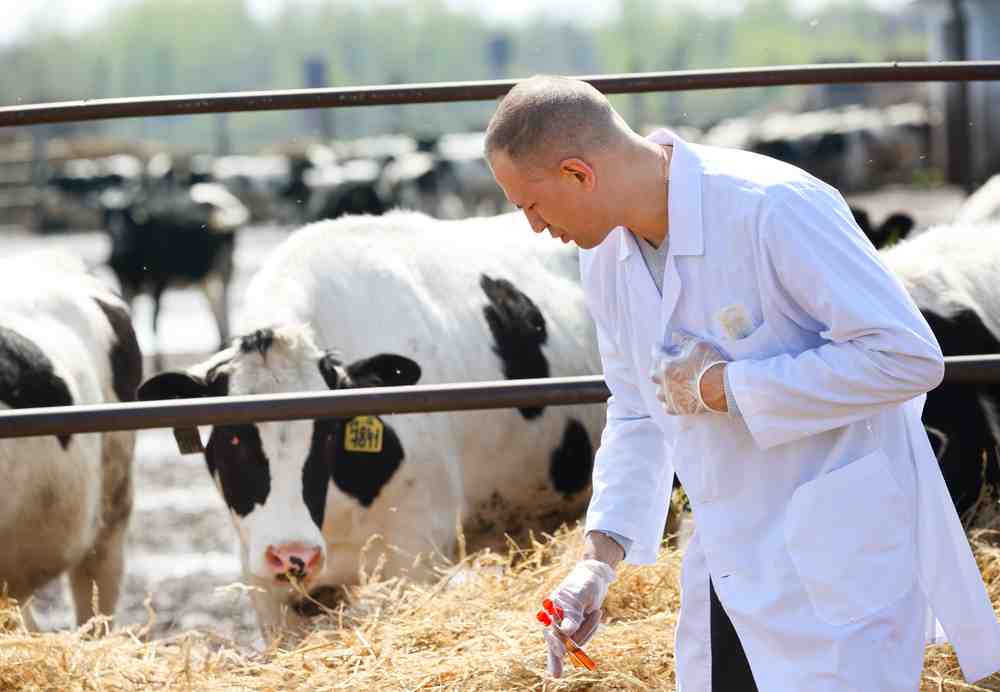The Federation of Veterinarians of Europe (FVE) has welcomed a vote by MEPs earlier this month to amend EU law around veterinary medicines.
However, it remains concerned about the idea to ban certain antimicrobials for use in animals.
The FVE fears that a complete ban will lead to serious animal health and welfare issues.
It also warns that further measures should always be based on scientific evidence, be proportionate, and aligned with complementary measures in the human use of the product.
It believes that any action to be taken should follow a risk assessment based upon a world-wide ‘One Health’ approach.
The Federation also has concerns regarding the limited availability of veterinary medicines.
Since the proposal will not lead to a single EU market for veterinary medicines, FVE says it is worried that the availability problems will not be solved.
However, it says that it is happy to see that the European Parliament put much emphasis on fighting antimicrobial resistance in animals and people.
It also says that it appreciates there is need for rapid, reliable and effective veterinary diagnostics both to identify the cause of the disease as well as to perform antibiotic sensitivity testing.
Restrict antimicrobials and develop new ones – MEPs
Earlier this month, MEPs advocated banning collective and preventive antibiotic treatment of animals.
Environment and Public Health Committee MEPs said that veterinary medicines must not under any circumstances serve to improve performance or compensate for poor animal husbandry.
They also advocated limiting the prophylactic use of antimicrobials (i.e. as a preventive measure, in the absence of clinical signs of infection) to single animals and only when fully justified by a veterinarian.
Metaphylactic use (i.e. treating a group of animals when one shows signs of infection) must be restricted to clinically-ill animals and to single animals that are identified as being at a high risk of contamination, in order to prevent bacteria from spreading further in the group, they said.
